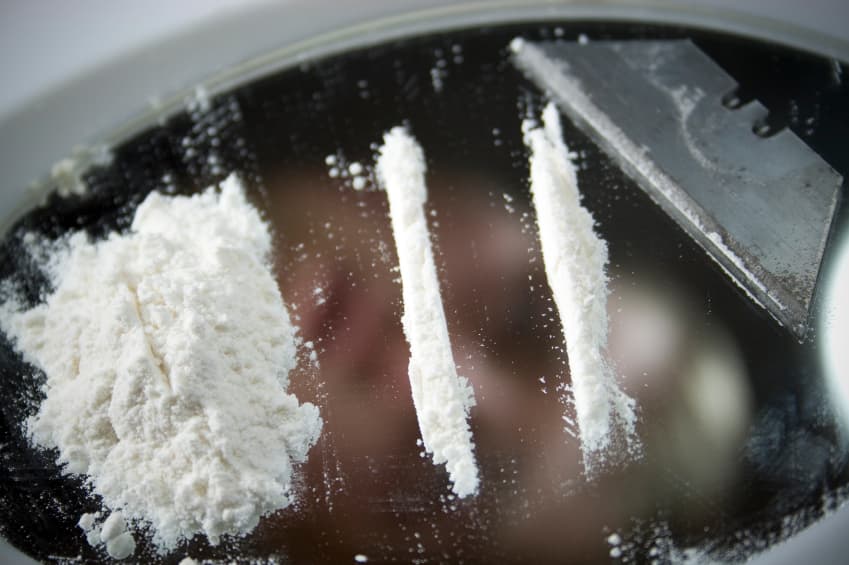
Cocaine Use and Addiction: Signs, Risks, and Getting Help
Cocaine is a stimulant drug with addictive potential that people purchase illegally and use recreationally for its energy-enhancing and euphoric effects.1 Cocaine use can have several negative health effects, and repeated use may lead to physiological dependence and addiction.2 According to the 2021 National Survey on Drug Use and Health (NSDUH), 4.7 million people aged 12 or older used cocaine in the past year, and 1.3 million people aged 12 or older had a cocaine use disorder in the past year.3
What Is Cocaine?
Cocaine is a powerful stimulant drug made from the leaves of the coca plant.1
Stimulants are a broad class of drugs that also include caffeine, prescription amphetamines like Adderall, and illegal drugs like crystal methamphetamine.4 Stimulants increase the activity of norepinephrine and other neurotransmitters in the brain, with more potent stimulants like cocaine and amphetamine also increasing the activity of dopamine.4


Signs of Cocaine Addiction
The repeated use of cocaine may lead to addiction.1 A person who is addicted to cocaine continues to seek out and use the drug despite experiencing significant negative consequences at home, school, or work, or within relationships.1, 5
Getting Help for Cocaine Use
If you or someone you care about is struggling with cocaine misuse or addiction, help is available. Treatment can help you stop using cocaine and start the path to recovery.
Recovery looks different for everyone but may start with detox to help patients stop using cocaine as comfortably and safely as possible. Cocaine withdrawal is often considered “mild,” (when compared to withdrawal from other substances like alcohol and opioids) however, patients may still benefit from the safety and comfort detox as there can be a risk of dysphoria.9

If you are ready to learn more, American Addiction Centers (AAC) is ready to help. You can contact AAC by to learn more about cocaine addiction treatment options. You can also easily verify your insurance online.